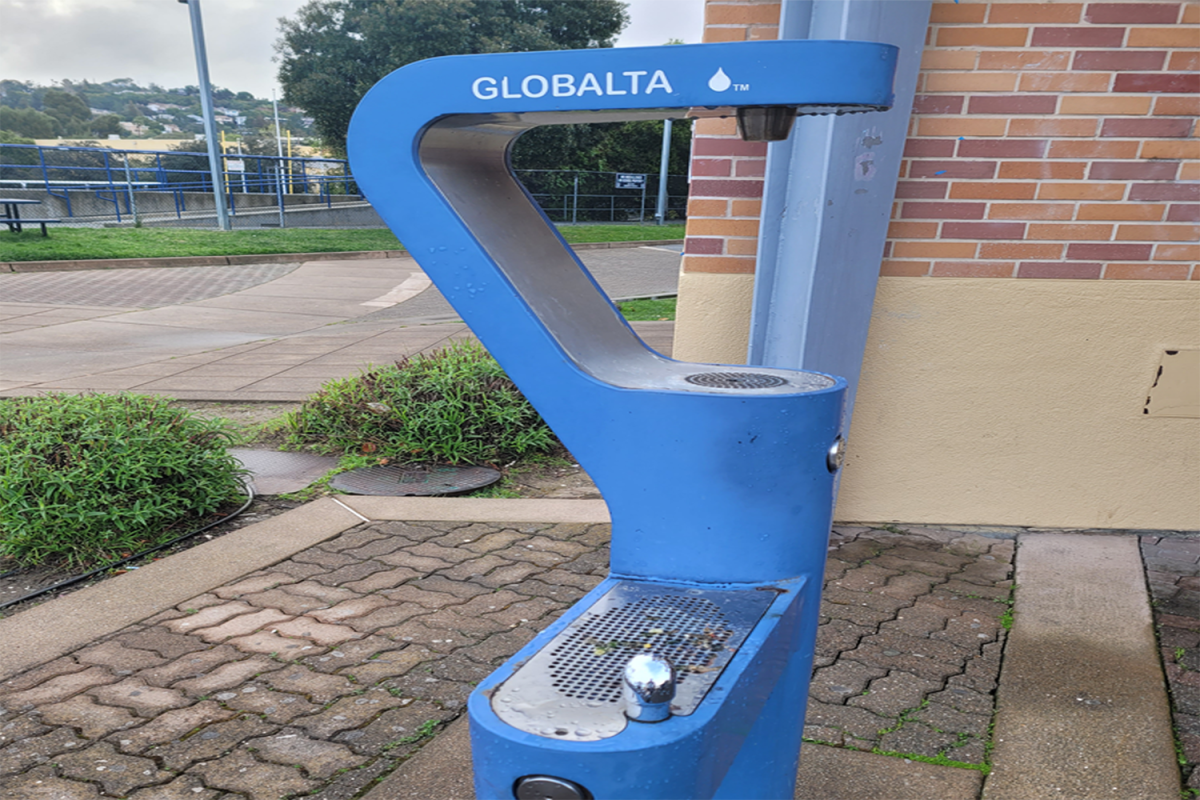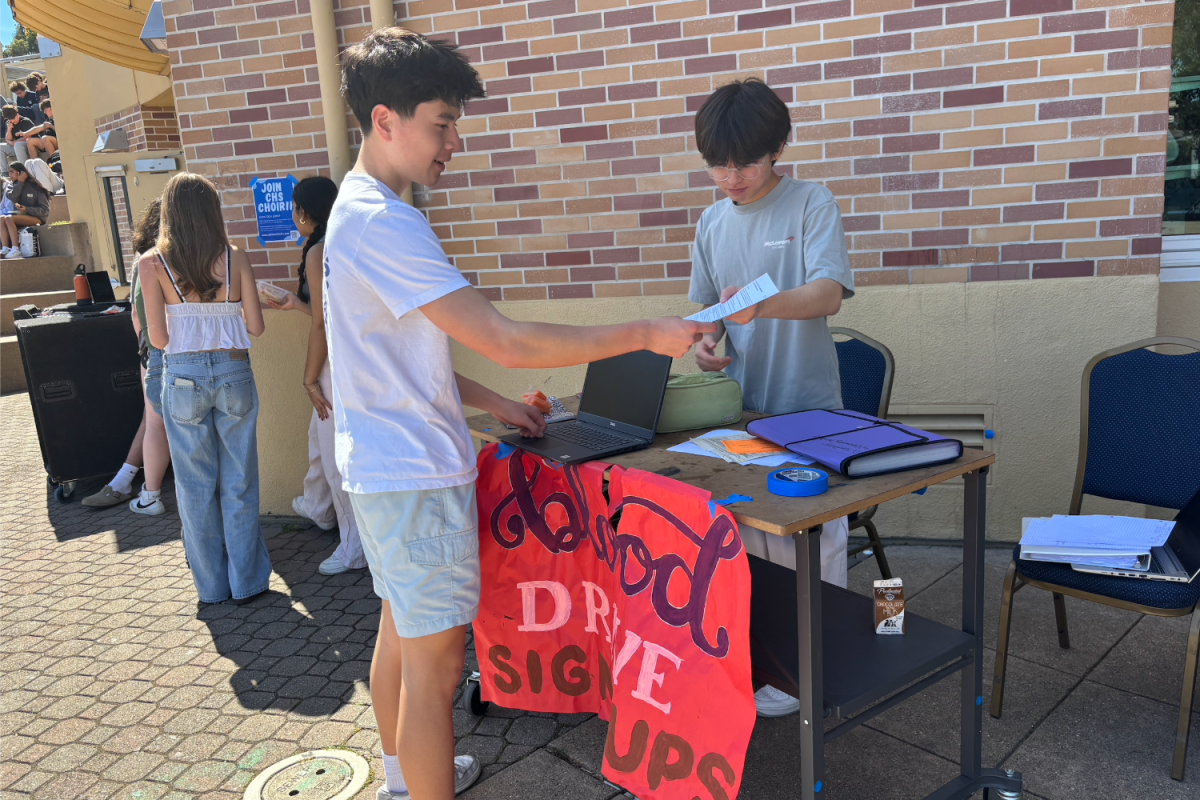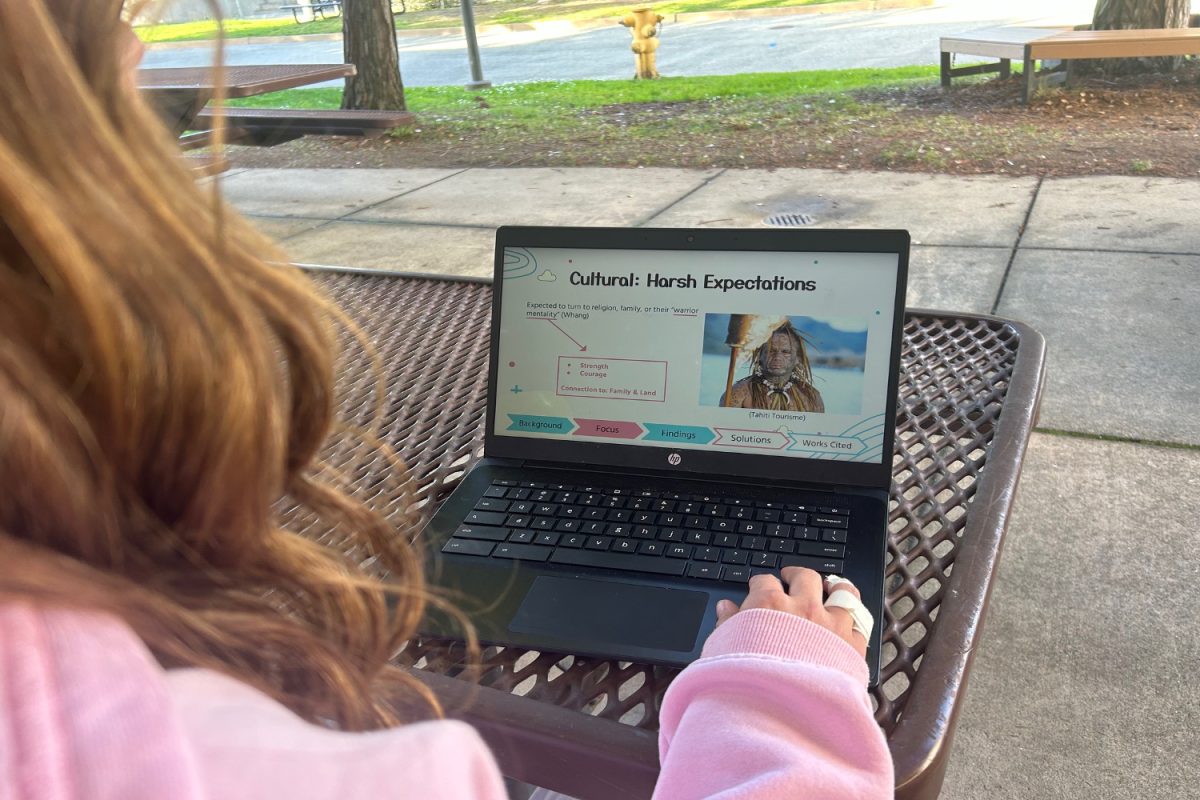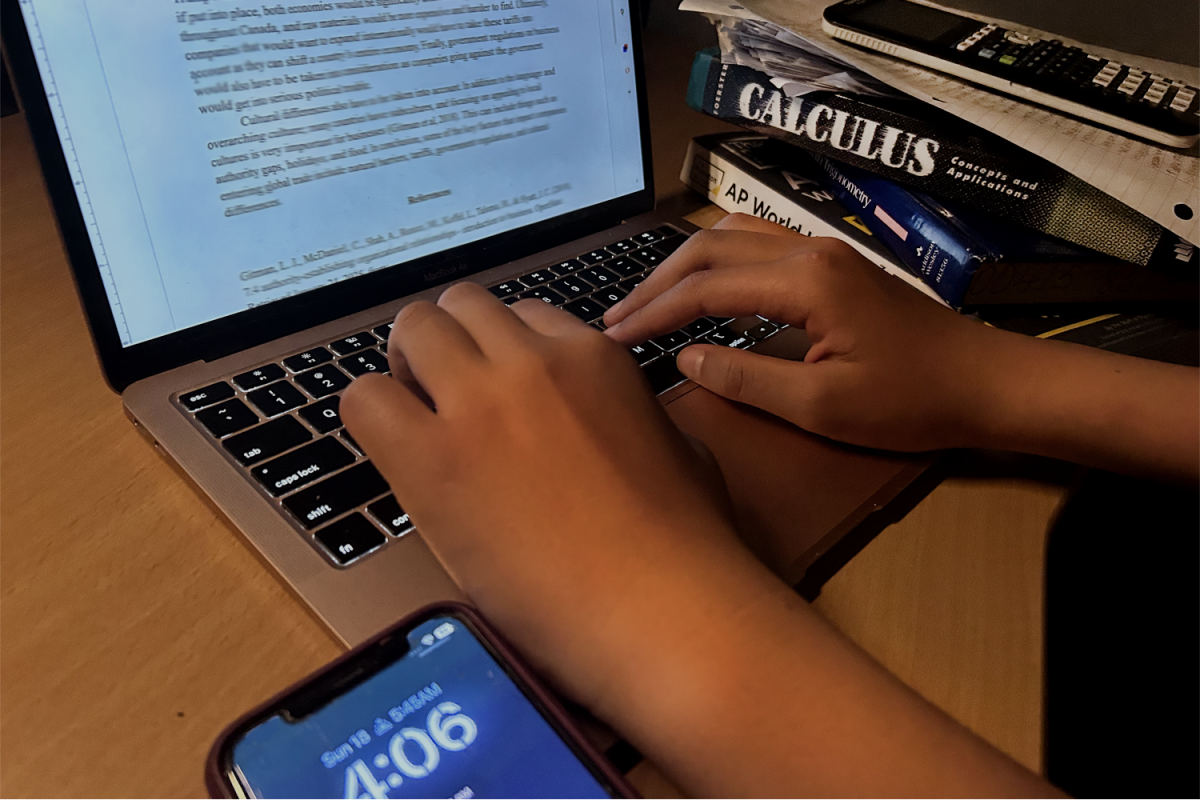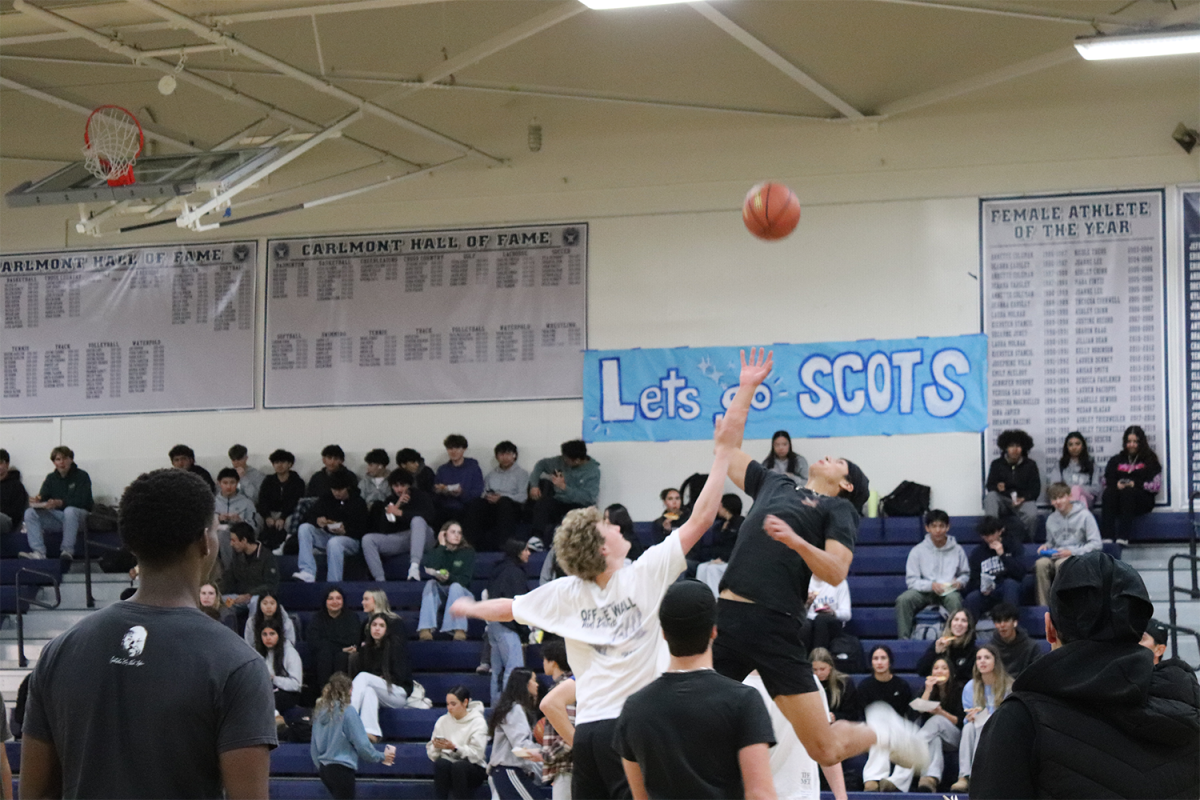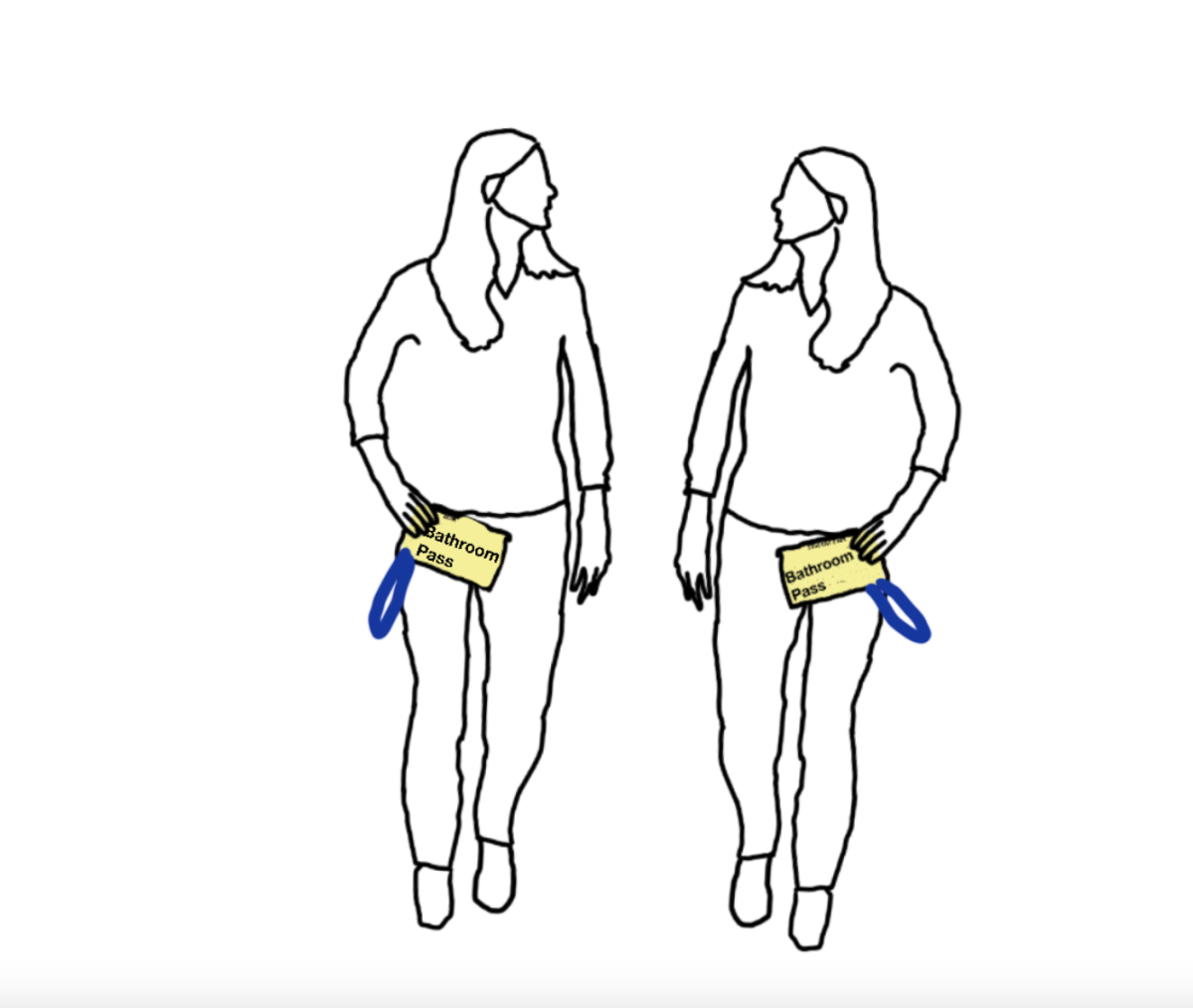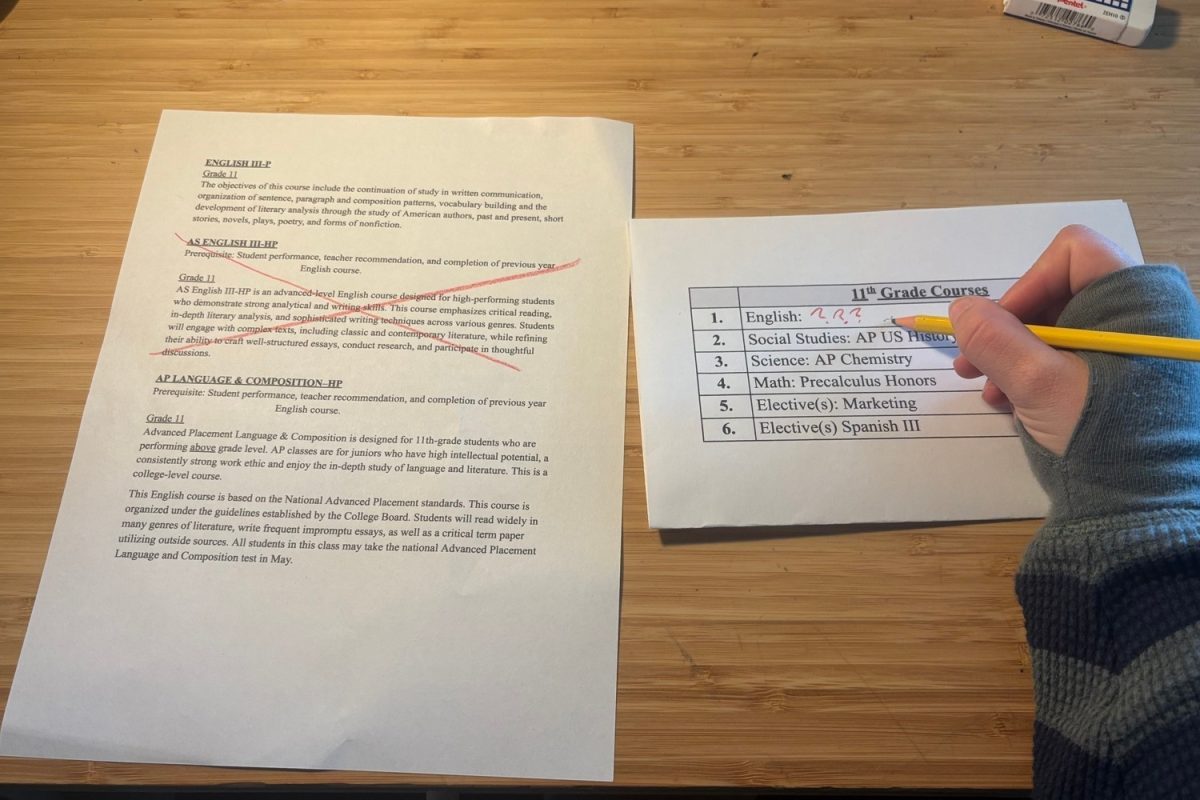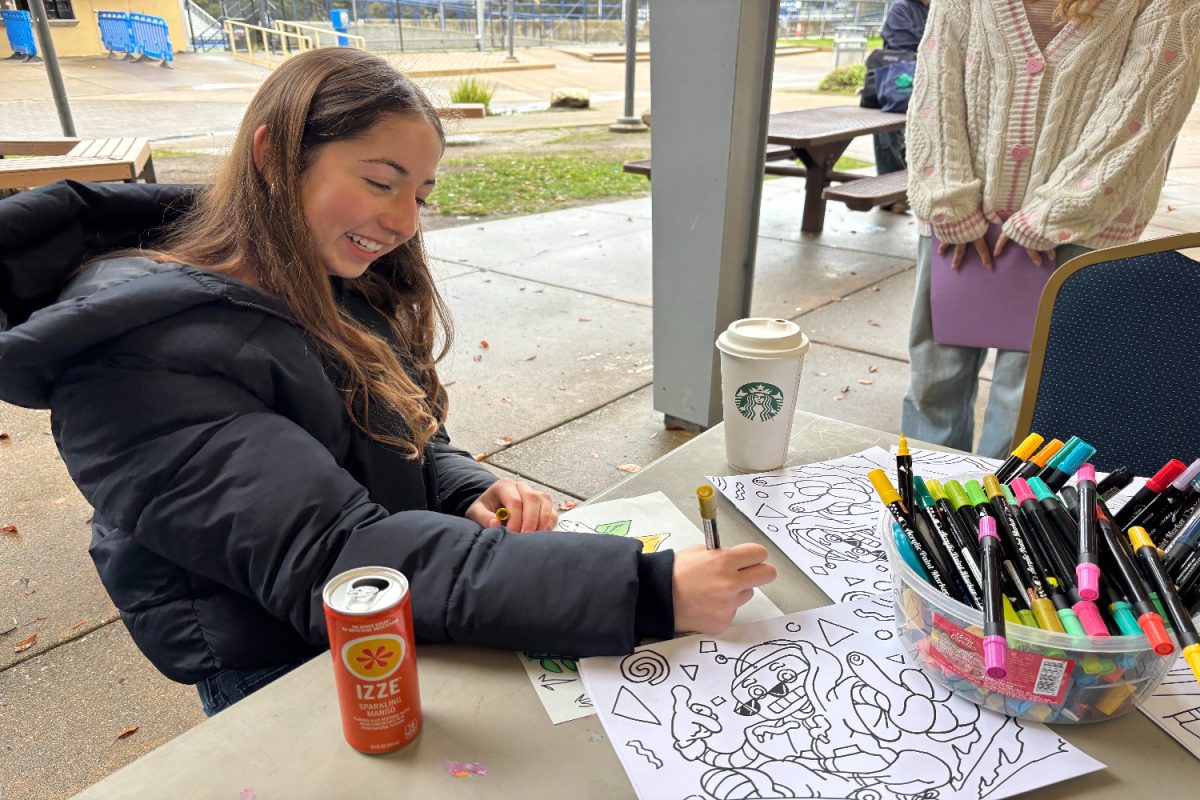Combining computer science with biology, the Bioinformatics Club teaches Carlmont students skills they will need to succeed in the future. Whether analyzing DNA or extracting it from strawberries, there are plenty of STEM skills to go around.
According to the club president, Alice Finkelstein, a junior, the club learns about bioinformatics through various means. Labs, presentations, and projects are some of the ways the club engages in learning. After providing materials and instructions, labs offer a hands-on approach to bioinformatics.
“We’ve extracted DNA from strawberries. We brought cups, strawberries, and all the materials you need,” Finkelstein said.
To take an even deeper dive into the specifics of bioinformatics, the club will soon be advancing to new topics. They hope to integrate the computer science aspect of bioinformatics, which they currently don’t focus on, into their curriculum. The club leaders also hope that they will be able to analyze code instead of writing it to examine various genomes.
“To analyze genomes or model things, it’s very useful to do online or computer-based things,” Finkelstein said. “We’re going to try to teach members how to do that.”
Apart from having fun with labs and learning, students can also obtain valuable STEM skills.
“I think students are learning some great foundational skills – things like what DNA is and how it works, how to extract it, and what can be done with it – that are important both for college science and in the wider world,” said Leslie Burndon, the club advisor and a biotech teacher for BTI (Carlmont’s Biotechnology Institute). “So much of COVID-19 research, for instance, uses bioinformatics to learn more about the virus and how to fight it.”
Alex Irwin, a sophomore and a member of the club, agrees with the advisor’s viewpoint. Especially for those who might be considering a career in the biotechnology or bioinformatics field in the future, the skills learned can be applied in a wide variety of different ways.
“I think that some of the stuff I learned may end up being helpful later on in life because I’ve been thinking about going into the biotech field,” Irwin said.
Similar to Irwin, other members of the club are confident that these skills will help them later in life.
“I’m thinking of maybe pursuing a career in biotech, so I feel that these skills would translate to something meaningful and would give me experience, at least to some extent,” said Avirral Agarwal, a junior.“There could be many applications. For example, DNA profiling (in biotechnology), and searching databases for DNA (in bioinformatics).”
Even though many students in the BTI program participate in the club, the experiences gained and benefits from the Bioinformatics Club do not solely apply to those in the BTI program. There is no need to be in BTI to enjoy the club and reap its benefits.
“It gives us another way to learn about biotechnology outside of typical classes,” Irwin said. “It also allows us to dive into things that we wouldn’t learn in class because they’d mostly be skipped.”
All in all, whether interested in a career, more education, or simply fun hands-on activities, the Bioinformatics Club presents meaningful opportunities for all, bringing more practical knowledge in the fields of bioinformatics and biotechnology for Carlmont students.
“I would say that [bioinformatics] is one of the fields that will be very useful and prevalent in the future because there are constantly new innovations being made,” Finkelstein said. “You’re pairing high schoolers with the knowledge and the resources to be able to already have a head start in this field, [and that] will be very useful.”

![The Bioinformatics Club, which utilizes hands-on learning, labs, and more, benefits students by teaching them real, applicable STEM skills. “[I have learned] how you can use biology in this way, and how it can be combined with computer science and other emerging fields to do something more meaningful,” said Avirral Agarwal, a junior.](https://scotscoop.com/wp-content/uploads/2021/12/bioinformatics-feature-photo-900x675.png)
